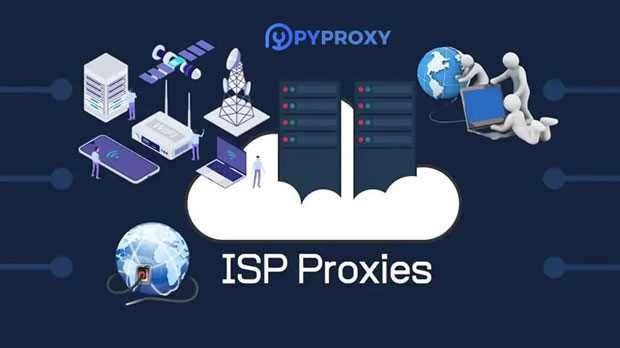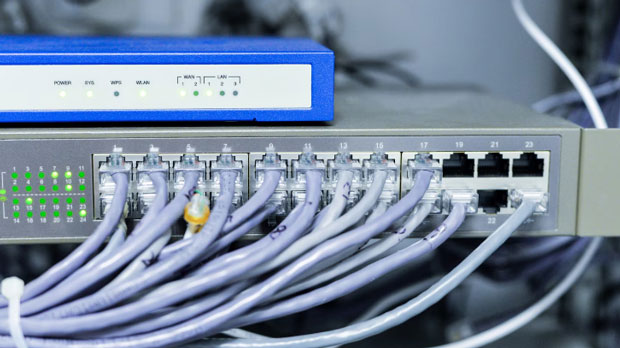How to choose the right country and region when buying a proxy IP?
When purchasing proxy ips, selecting the right country and region is essential to ensure that the service meets your specific needs. Whether you're looking for security, better access to global content, or the ability to scrape data from specific markets, the right location can make a significant difference. The choice of country and region depends on your use case, such as whether you require anonymity, speed, access to localized content, or a broader international reach. This article will guide you through the process of choosing the right country and region for your proxy needs, taking into account key factors like speed, security, and compatibility with your goals. Understanding the Importance of Location in proxy ipsWhen you choose a proxy IP, the geographical location of the IP plays a critical role in determining how effective the proxy will be for your intended purpose. The location of the proxy server influences several factors, such as the speed of the connection, the ability to access geo-restricted content, and the level of anonymity it can provide. Therefore, understanding the significance of the location will help you make a more informed decision when purchasing proxy IPs.Factors to Consider When Choosing a Country or RegionThere are several factors to take into account when deciding on the best country or region for your proxy IP. These factors will depend largely on your specific use case, such as whether you need proxies for web scraping, data mining, social media management, or bypassing geo-restrictions. Here are the key factors:1. Speed and LatencyOne of the most important considerations when selecting a proxy’s country or region is speed and latency. Proxies located closer to your physical location or the target server can offer faster speeds and lower latency. For tasks requiring real-time interaction, such as streaming or gaming, you should opt for proxies located nearby to minimize lag. On the other hand, if you are focused on data scraping or market research, which may not require real-time interaction, speed may not be as crucial.2. Access to Geo-Restricted ContentMany online services restrict access to content based on the user's geographic location. If your goal is to access region-specific content, such as streaming services, local websites, or regional search engine results, selecting a proxy located in the desired country or region is essential. For example, if you want to access U.S.-only content or get localized search results for Japan, you'll need proxies located in those specific regions.3. Security and AnonymityAnother significant factor in selecting a proxy is security. Proxies in certain countries are subject to stricter privacy laws, which can protect your identity and data. Countries with stronger privacy regulations, such as Switzerland or certain European Union nations, are often better choices for maintaining anonymity and preventing data leakage. If your primary goal is to remain anonymous online, choosing proxies from privacy-conscious countries is essential.4. Legal and Regulatory ConsiderationsThe legal environment of a country can affect the quality of the proxy service. Certain countries may have laws that allow for more surveillance or easier identification of users, while others have stricter privacy and data protection regulations. It is crucial to research the legal implications of using proxies in the country you're considering. For instance, if you are using proxies for sensitive or illegal activities, be mindful of the country’s cyber laws. In some regions, using proxies might violate local laws, which can have serious consequences.5. Cost EfficiencyThe cost of proxy services can vary significantly depending on the country and region of the IP address. Generally, proxies in countries with a high demand for internet access, such as the United States or the United Kingdom, tend to be more expensive. If cost is a significant factor for you, consider looking into countries with lower demand or where proxies may be more affordable.6. Availability and Network CoverageSome countries offer a broader range of proxy server locations than others. It is essential to verify that the country you are considering has a sufficient number of proxy servers to meet your needs. Larger countries, such as the United States and China, typically offer extensive networks of proxy servers. If you need proxies from multiple cities or regions within a country, ensure that the country has the appropriate coverage to provide you with diverse IP addresses.Choosing the Right Country for Specific Use CasesDepending on your specific use case, different countries or regions may be better suited for your proxy needs. Below are a few common use cases and the best countries or regions to consider:1. Web ScrapingFor web scraping, proxies located in countries with robust infrastructure and high-speed internet are ideal. The United States, Canada, and several European countries (such as Germany or the Netherlands) are popular choices because of their reliable internet networks. Additionally, proxies located in countries with low regulation can also help to avoid IP bans during scraping activities.2. Market Research and Data AnalysisWhen conducting market research or data analysis, selecting proxies from diverse regions is essential to get an accurate representation of the market. For global research, you may need proxies from multiple countries to simulate search results and user behavior in different regions. In this case, regions like North America, Western Europe, and parts of Asia (e.g., Japan, South Korea) would be good options.3. Social Media ManagementFor social media management and automation tasks, you may need proxies that align with the regions where your target audience is located. For example, if your business operates in Europe, it makes sense to use proxies in European countries. Similarly, for social media platforms like Instagram, Twitter, and Facebook, having proxies from various countries can help avoid detection and ensure smooth operation.4. Bypassing Geo-RestrictionsIf you are attempting to access geo-blocked content, selecting proxies in the country where the content is available is critical. For instance, if you're trying to access U.S.-only streaming services, proxies located in the U.S. will be necessary. Similarly, for other types of geo-restricted content, choosing proxies from the relevant regions (e.g., the UK, Canada, Australia) will give you the access you need.ConclusionWhen purchasing proxy IPs, selecting the right country and region is a decision that should be based on your specific goals and use cases. Key factors such as speed, security, legal considerations, cost, and access to geo-restricted content will influence your choice. By considering these factors carefully, you can ensure that the proxies you purchase will meet your needs effectively and efficiently. Whether you're engaging in web scraping, managing social media accounts, or bypassing geo-restrictions, the right proxy location will help you achieve your goals with minimal hassle.
2025-02-17
























































